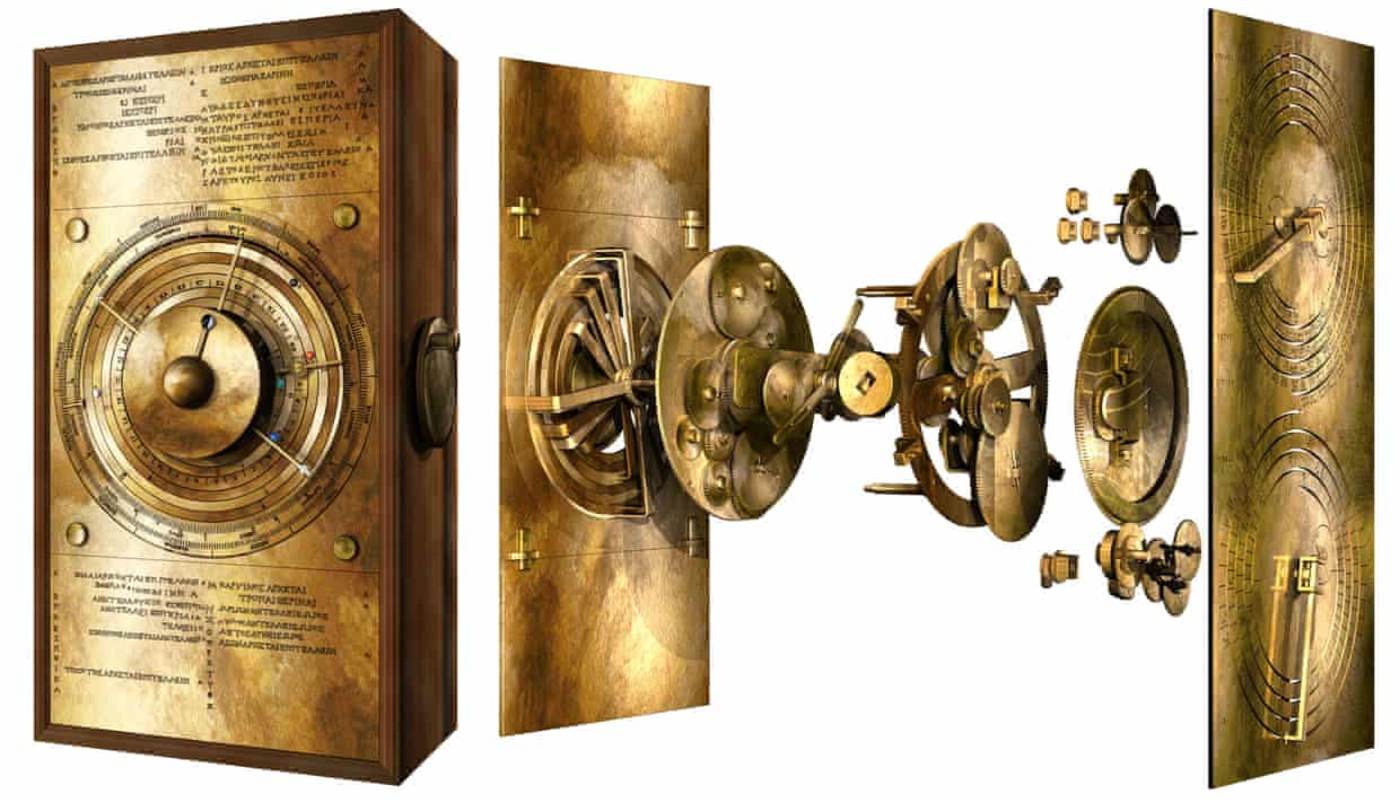Ever since the Antikythera Mechanism was fished out of the Peloponnesian Sea in 1901, it has remained one of the longest unsolved mysteries of archaeology.
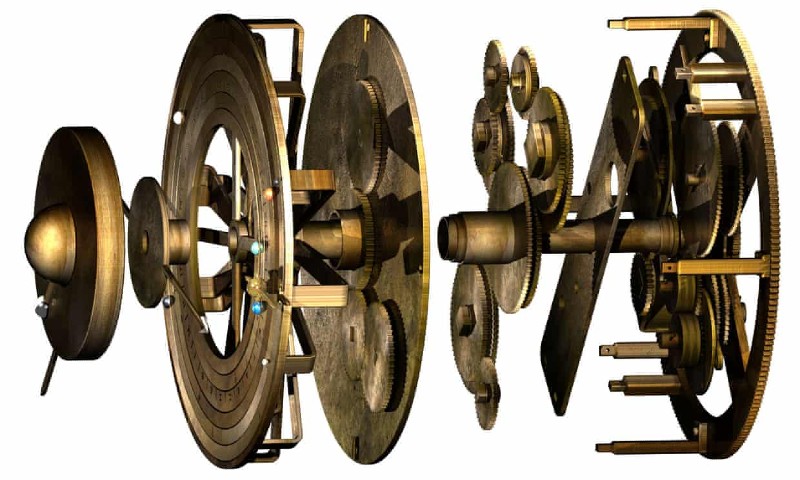
Akin to something portrayed in the Da Vinci Code or Dungeons and Dragons, the hand-powered, clockwork brass planetarium has befuddled everyone who has beheld it.
Yet more than a century since its discovery, researchers may have finally cracked the code and believe they understand enough about how all the different gearwheels work to build a functioning replica with modern tools.
“Many unsuccessful attempts have been made to reconcile the evidence with a display of the ancient Greek Cosmos of Sun, Moon, and all five planets known in antiquity,” reads the study of their findings, published in Nature.
Rehm, Price, Wright, Freeth, Jones, Carmen, Throndike, Evans—the names of scientists whose models and attempts to reproduce what’s described as the world’s first analogue computer stack like corded wood as the authors from University College London explain the history of understanding in the device.
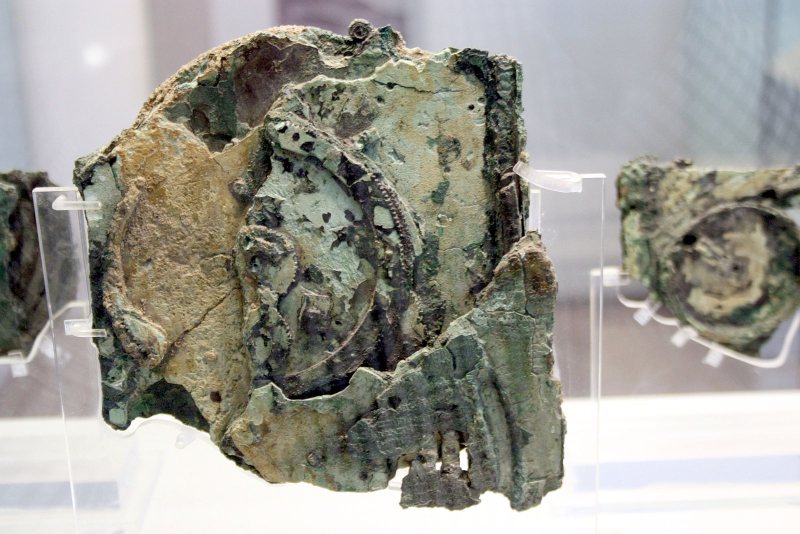
The Antikythera Mechanism is one of the most technologically sophisticated discoveries in the ancient world: a desk-mounted, computational, celestial observatory made of brass, powered by more than 30 individually formed gears mounted on other gears.
The device tracked the movements of the entire cosmos known at the time, displaying the location of all the planets up to Saturn, the phases of the moon, and the timing of eclipses.
The Antikythera Code
82 parts were fished out of the ruins of a merchant ship that wrecked off the coast of Antikythera, Greece, the brass pieces are badly corroded. X-ray and CT scans revealed the extent of the numerous inscriptions (see below) carved into the brass panels at the back and front—an operator’s manual essentially.
Encased in a wooden box about one foot tall, the device would swing into action with the turn of a hand crank.
The model of the cosmos in the device is consistent with the epicyclic theories of a 3rd-century BCE Greek astronomer called Apollonios of Perga, and another named Parmenides. Taken with Babylonian astronomical calculations, the UCL team used these ancient sources to decipher where each gear would have to have been fit to ensure everything moved in a way consistent with the models of the time.
Their model suggests that the front display of the planetarium would have depicted the cosmos in motion on concentric brass rings.
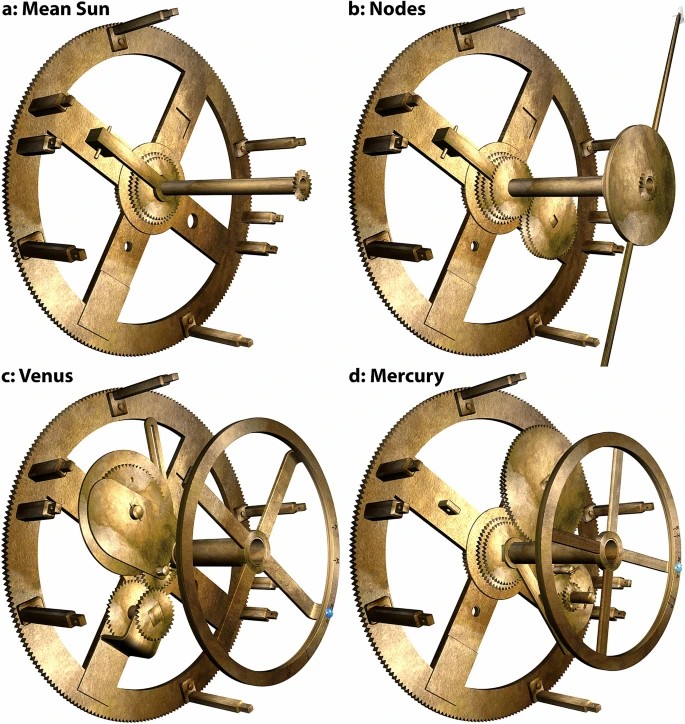
Unfortunately, for the scientists’ model to be accurate, they had to depict the movement of each celestial body with the Earth at the center, as ancient theory held, which made it far harder to reproduce than if the sun were placed at the center as is the case in reality.
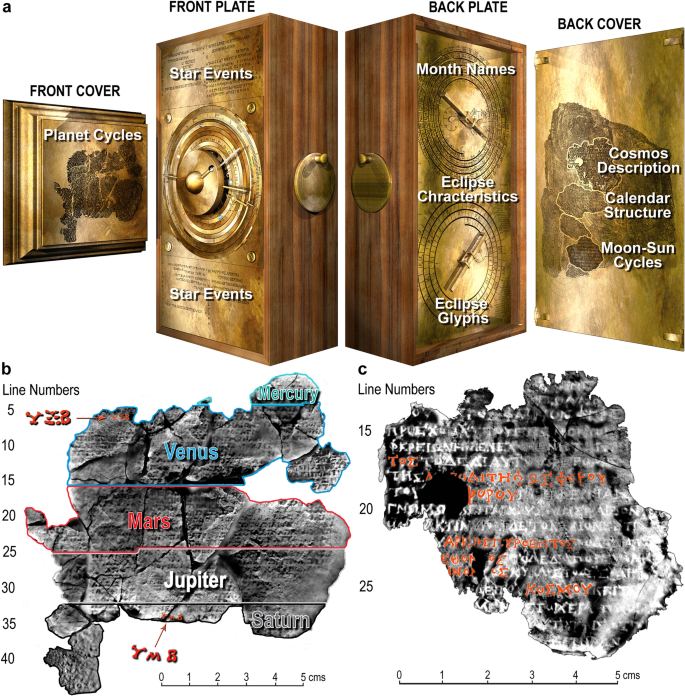
Furthermore, while their calculations are correct, and inside of their reproduction they managed to fit all the gears into an extremely tight space, it relied upon the abilities of ancient Greeks to create a very unique component—a hollow, modular, central axel, each module of which would have to nest within another, handiwork that’s never been recorded from the period before.
“The concentric tubes at the core of the planetarium are where my faith in Greek tech falters, and where the model might also falter,” said Adam Wojcik to the Guardian, a materials scientist at UCL and part of the research team. “Lathes would be the way today, but we can’t assume they had those for metal.”
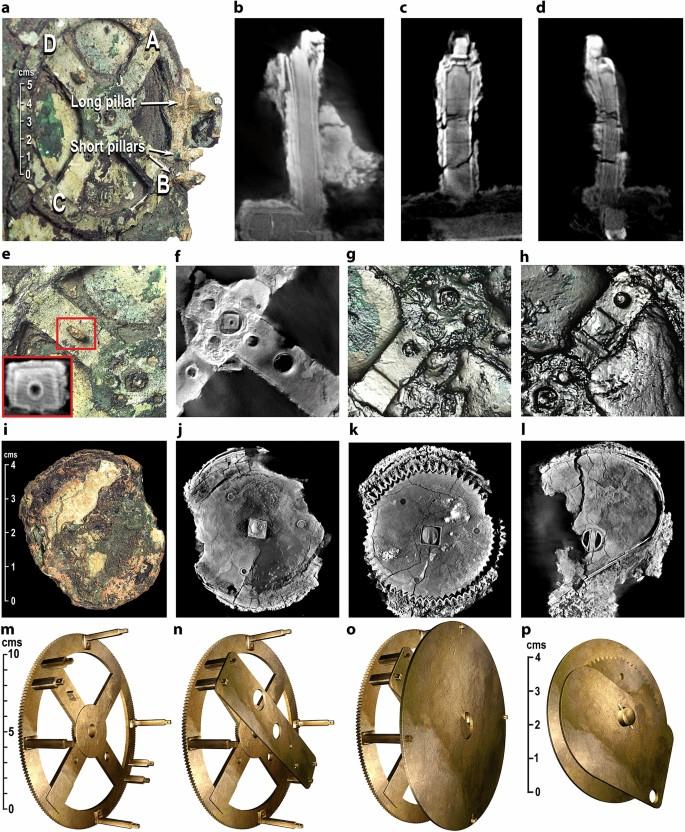
Who made the planetarium, what it was used for: whether it was a teaching device or something to astound warlords, and whether the team could successfully back-engineer it with the technologies of its day, are all still unknowns.
RELATED: Amateur Treasure Hunter Unearths Missing Centerpiece of Henry VIII’s Crown — And It’s Worth Millions
“Solving this complex 3D puzzle reveals a creation of genius—combining cycles from Babylonian astronomy, mathematics from Plato’s Academy, and ancient Greek astronomical theories,” write the authors.
(WATCH the video about the ancient computer below.)
SHARE the Amazing Antikythera Mechanismon Breakthrough on Social Media…




















